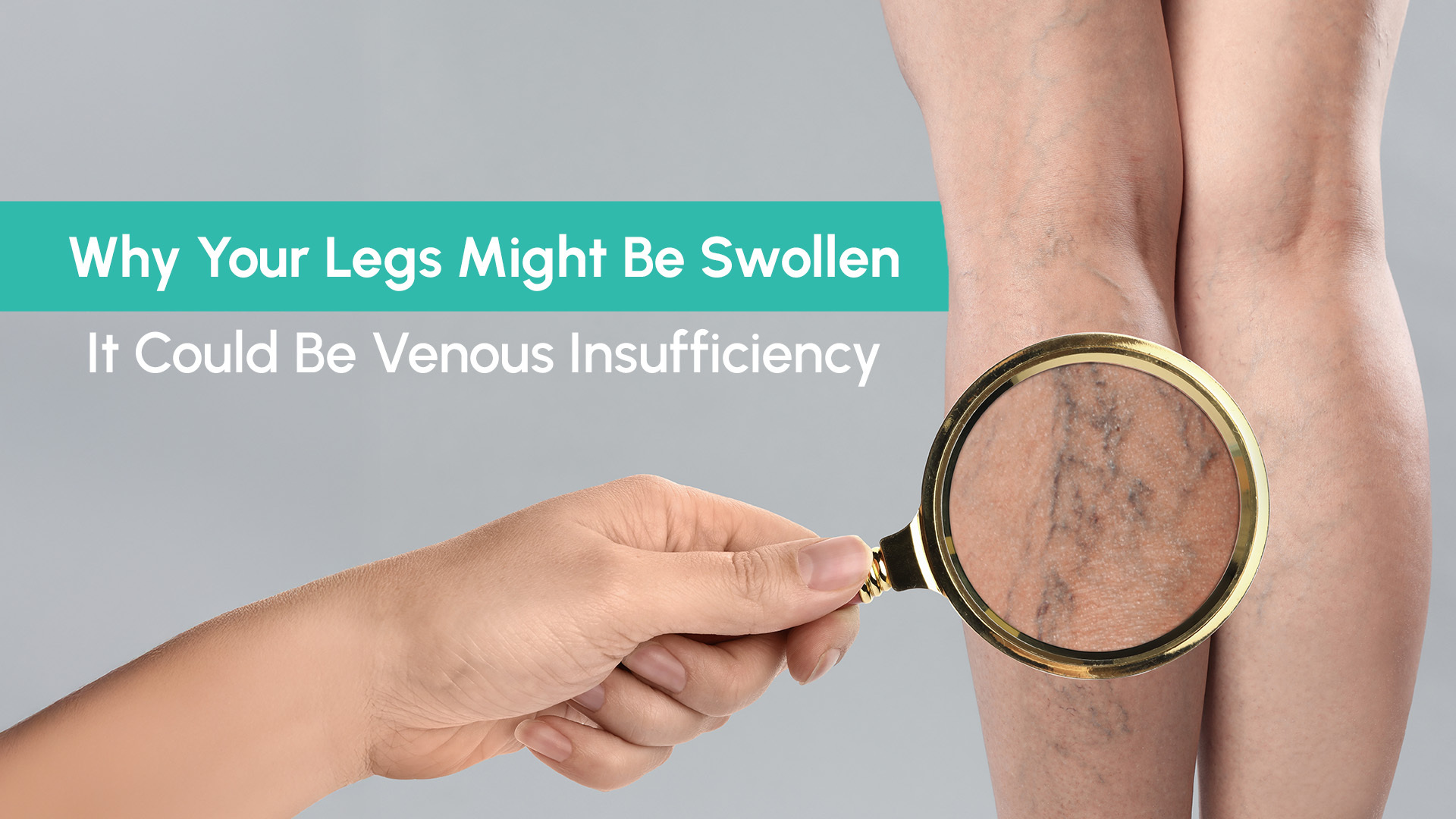

Swollen legs, especially when only affecting one side, are more than just uncomfortable, they may be a sign of an underlying condition like venous insufficiency.
What causes one leg to swell up more than the other?
In many cases, poor blood flow from damaged or weakened vein valves causes blood to pool in the legs, leading to localised swelling, heaviness and varicose veins. This condition is known as chronic venous insufficiency, and it’s more common than most people realise.
Let’s explore what venous insufficiency is, how to spot it, and when it’s time to seek help.
Venous insufficiency occurs when the veins in your legs can’t properly return blood back to your heart. Normally, one-way valves inside your veins keep blood flowing upwards. When these valves become weak or damaged, blood can leak backwards and pool in the lower limbs, particularly in the calves, ankles and feet.
This can lead to a range of symptoms including:
Over time, chronic venous insufficiency can worsen if left untreated, increasing the risk of complications such as skin ulcers or blood clots.
One of the most common complaints among patients is ‘left leg swelling’ or ‘swelling in one leg’, often without a clear cause. This can occur due to:
It’s important to distinguish between general fatigue and circulation-related symptoms. If the swelling is consistent, painful, or affects only one leg, it may point to venous insufficiency or another vascular issue.
Symptoms may start mild but gradually worsen, especially without treatment. Look out for:
In the early stages of chronic venous insufficiency, you might only notice mild swelling or tiredness after a long day. This is the ideal time to act before complications set in.
Many people experience leg swelling after a flight, particularly long-haul travel, and often dismiss it as harmless. However, when swelling persists or is more prominent in one leg, it can be a sign of something more serious.
Long flights can restrict movement and reduce blood flow in your legs, increasing the risk of DVT or worsening underlying venous insufficiency. In some cases, post-flight swelling may indicate a circulatory issue that requires further investigation. For more on this, you can read about travel thrombosis here from the Perth Blood Institute.
If you’re experiencing swollen legs, a vascular ultrasound is one of the most effective and non-invasive ways to determine the cause.
At Capri Ultrasound, we use venous Doppler ultrasound and duplex scanning to examine blood flow and valve function in your leg veins. These scans help identify:
If symptoms extend to the foot or ankle, a foot or ankle ultrasound may also be recommended to rule out localised issues such as soft tissue swelling or inflammation.
If you’re researching ‘varicose vein treatment cost’ or wondering whether you’re eligible for ‘bulk billed ultrasound services’, the first step is diagnosis. At Capri Ultrasound, we provide venous ultrasound scans that help referring doctors assess the severity of your condition and plan the most appropriate course of treatment.
While we do not perform varicose vein removal, we play a crucial role in identifying chronic venous insufficiency and monitoring its progression – information that is essential for GPs, vascular surgeons or other specialists to manage your care effectively.
If you’ve asked yourself:
“Why is only my left leg swelling?” or “Should I be worried about these veins?”, it may be time to get checked.
We recommend booking a scan if you experience:
Even mild symptoms can be early signs of chronic venous insufficiency and early intervention is key.
Swollen legs aren’t just an inconvenience, they can be your body’s way of signalling a deeper issue. At Capri Ultrasound, we specialise in vascular ultrasound and venous assessments, offering accurate diagnosis and personalised care plans.
Whether you’ve noticed leg swelling after flying, unexplained discomfort, or visible veins, our experienced sonographers are here to help. Book your venous ultrasound with Capri Ultrasound today and take the first step towards better vascular health.